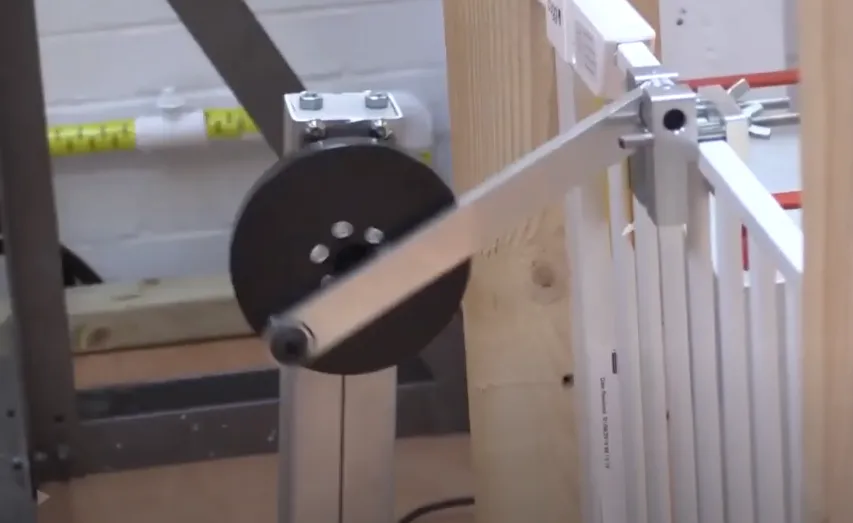ISO 8124-6 Phthalates Testing for Children’s Furniture Plastic Components
The ISO 8124 series of standards provides a comprehensive framework to ensure the safety and quality of toys. When it comes to furniture, particularly children's furniture, ensuring that plastic components do not contain harmful phthalates is critical.
Phthalates are widely used in plastics for flexibility and softness, but certain types can pose health risks if ingested or absorbed through prolonged contact with skin. This is especially concerning for young children who may be exposed to furniture items they play with or touch frequently.
The ISO 8124-6 standard specifically addresses the migration of phthalates from plastic components in toys and similar products, including those used as part of furniture. It sets out detailed protocols for testing these materials to ensure compliance with international safety standards.
Our laboratory utilizes state-of-the-art analytical techniques such as gas chromatography-mass spectrometry (GC-MS) to perform this crucial testing. This method allows for the precise quantification and identification of phthalates, enabling us to provide accurate results that meet or exceed regulatory requirements.
The process begins with careful sampling of the plastic components from the furniture. Specimens are then prepared according to ISO 8124-6 guidelines, which include soaking the samples in a solvent to extract any migrating phthalates. The extracted solution is analyzed using GC-MS to determine the concentration and type of phthalates present.
The results from this testing provide critical information about the safety profile of the plastic components used in children's furniture. These findings are essential for manufacturers, ensuring that their products meet international standards such as ISO 8124-6 and other relevant regulations like ASTM F963 and EN 71.
By adhering to these stringent testing protocols, we help protect the health of young children while also supporting manufacturers in meeting regulatory requirements. This service is particularly valuable for quality managers, compliance officers, R&D engineers, and procurement teams within the furniture industry.
| Step | Description |
|---|---|
| Sampling | Select representative plastic components from the furniture. |
| Solvent Extraction | Soak samples in a solvent to extract phthalates. |
| Analysis | Analyze extracted solution using GC-MS for quantification and identification of phthalates. |
Scope and Methodology
The scope of ISO 8124-6 testing encompasses the migration of certain phthalate esters from plastic materials used in children's furniture. This includes components that come into direct contact with a child, such as seats, handles, and decorative elements.
The methodology involves several key steps:
- Selecting representative samples for testing
- Soaking the samples in a solvent to extract phthalates
- Analyzing the extracted solution using gas chromatography-mass spectrometry (GC-MS)
Quality and Reliability Assurance
We take great pride in our commitment to quality and reliability, ensuring that every test we perform meets the highest standards. Our ISO 8124-6 phthalates testing is conducted using advanced analytical techniques and adheres strictly to international guidelines.
Our team of experts employs rigorous quality control measures at every stage of the process, from sample selection to final analysis. This ensures that our results are accurate, reliable, and consistent with industry best practices.
We also offer ongoing support and advice to help our clients understand the implications of test results and how they can improve product safety. Our goal is not only to provide compliance but also to contribute to safer environments for children.
Customer Impact and Satisfaction
- Ensures compliance with international standards such as ISO 8124-6, ASTM F963, EN 71
- Provides peace of mind to manufacturers by identifying potential safety issues early
- Aids in the development of safer products for children
- Supports continuous improvement through ongoing testing and analysis





